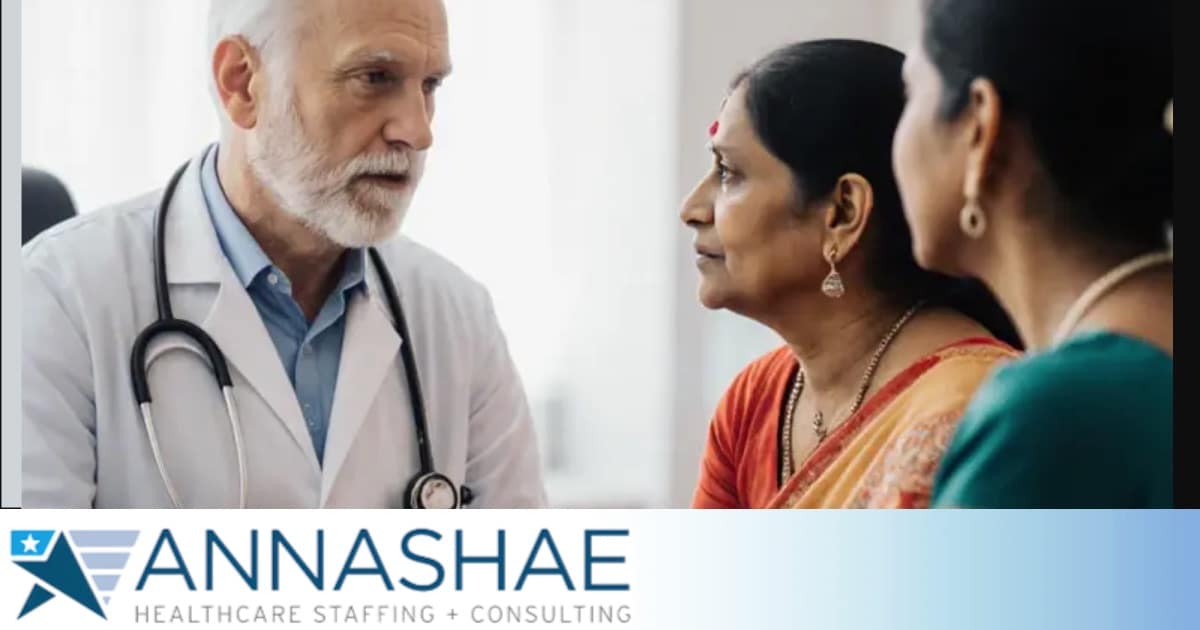
01 Oct Health Literacy Month 2025: How Doctors Can Improve Patient Communication Now
Health Literacy Month is an annual observance held every October to raise awareness about the importance of health literacy and its impact on patient outcomes. For doctors and healthcare administrators, this month serves as a reminder of the crucial role they play in ensuring that patients understand medical information in a way that empowers them to make informed decisions. Health Literacy Month 2025 provides an opportunity for healthcare providers to reflect on their communication strategies and implement practices that enhance patient comprehension, reduce health disparities, and improve overall health outcomes.
Understanding Health Literacy and Its Importance
Health literacy refers to a patient’s ability to obtain, process, and understand basic health information and services to make informed decisions about their health. Low health literacy is linked to poor health outcomes, such as higher rates of hospitalization, less frequent use of preventive services, and increased medication errors. In fact, studies show that individuals with low health literacy are more likely to have chronic conditions, experience poor health outcomes, and have difficulty navigating the healthcare system. For healthcare providers, ensuring that patients understand their medical conditions and treatment options is not just a matter of good practice—it’s an essential component of quality care.
Why Health Literacy Matters for Doctors
In the clinical setting, effective communication is essential for fostering trust and ensuring patients understand their diagnoses, treatment plans, and prescribed medications. Doctors can improve patient understanding by using plain language and avoiding medical jargon. Terms like “hypertension” can be replaced with “high blood pressure,” and “myocardial infarction” can be simplified to “heart attack.” Using simpler terms can significantly reduce confusion and increase the likelihood that patients will follow instructions and adhere to prescribed treatments.
Teach-back Method
The teach-back method, wherein patients are asked to explain in their own words what they’ve learned, is a powerful tool for improving health literacy. This method helps confirm whether the patient has understood the key information and allows the clinician to address any misunderstandings immediately. Research has shown that patients who are asked to teach-back are more likely to have better health outcomes because they feel more confident in their ability to manage their health.
Visual Aids and Interactive Materials
Another effective strategy for improving health literacy is the use of visual aids. Diagrams, videos, and infographics can simplify complex concepts, making it easier for patients to grasp information. Visual aids have been shown to increase patient comprehension, retention, and engagement. For example, showing a video on how to properly administer an injection or providing a diagram of the circulatory system can help patients better understand their conditions and treatment protocols.
Fostering Open Dialogue and Multilingual Support
Doctors should also encourage open dialogue with patients by creating an environment where patients feel comfortable asking questions and discussing concerns. Encouraging questions not only helps clarify misunderstandings but also allows patients to actively participate in their own care. One study found that patients who feel comfortable asking questions are more likely to adhere to treatment recommendations.
It’s also essential for healthcare providers to ensure that materials and resources are available in multiple languages, especially in diverse communities. Language barriers can exacerbate health literacy challenges and prevent patients from accessing the care they need. Offering translated materials and having multilingual staff can help ensure that all patients, regardless of their language proficiency, have equal access to high-quality care. Many hospitals and health systems now use translation services or hire bilingual staff to help mitigate these barriers.
Community Collaboration and Outreach
Healthcare providers should also consider collaborating with local community organizations to promote health literacy beyond the walls of the clinic. Partnering with organizations that focus on education, social services, and public health can publicize efforts to improve literacy across communities. Initiatives such as health fairs, educational workshops, and outreach programs can help spread the message of health literacy to those who may not have easy access to traditional healthcare settings.
A Call for Action and Collaboration
Health Literacy Month 2025 is an ideal time for doctors to reflect on their communication strategies and identify areas where they can improve patient understanding. By incorporating plain language, using visual aids, practicing the teach-back method, and fostering an open dialogue, clinicians can empower patients to make informed decisions about their health. Additionally, providing multilingual resources and collaborating with community organizations can ensure that health literacy efforts reach a broader audience.
To take this commitment even further, doctors and healthcare administrators can look to Annashae for staffing solutions and locum tenens opportunities nationwide. By partnering with Annashae, healthcare providers can ensure they have the necessary resources to meet the needs of their communities while improving patient care and communication efforts.




